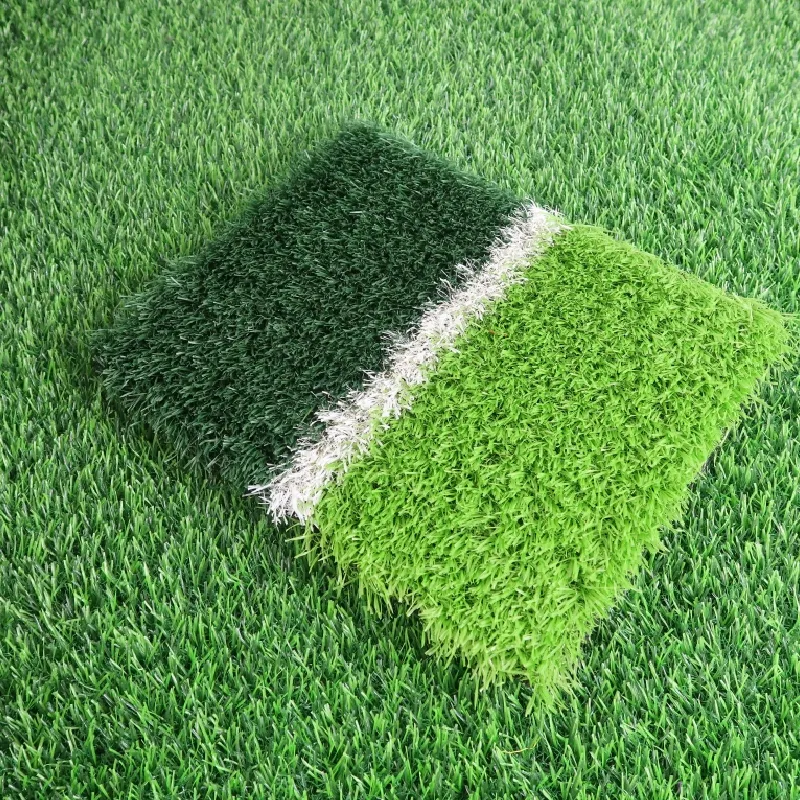
- Afrikaans
- Arabic
- Belarusian
- Bengali
- Czech
- Danish
- Dutch
- English
- Esperanto
- Estonian
- Finnish
- French
- German
- Greek
- Hindi
- Hungarian
- Icelandic
- Indonesian
- irish
- Italian
- Japanese
- kazakh
- Rwandese
- Korean
- Kyrgyz
- Lao
- Latin
- Latvian
- Malay
- Mongolian
- Myanmar
- Norwegian
- Persian
- Polish
- Portuguese
- Romanian
- Russian
- Serbian
- Spanish
- Swedish
- Tagalog
- Tajik
- Thai
- Turkish
- Turkmen
- Ukrainian
- Urdu
- Uighur
- Uzbek
- Vietnamese
Exploring the Benefits of Turf Soccer Fields for Modern Sports Facilities
Nov . 08, 2024 12:59 Back to list
The Rise of Turf Soccer Fields Revolutionizing the Game
Soccer, known as football in many parts of the world, is more than just a game; it’s a way of life for millions. From neighborhoods to national teams, the love for soccer transcends borders and cultures. As the sport evolves, so do the playing surfaces. One of the most significant advancements in recent years is the emergence of turf soccer fields, which are revolutionizing how the game is played, perceived, and maintained.
What is Turf?
Turf refers to synthetic grass designed to mimic natural grass. It was originally developed for use in stadiums and sports fields where heavy usage and varied weather conditions made maintaining natural grass challenging. Over the years, technology has improved, and modern turf fields now feature advanced materials that provide a more realistic feel and gameplay experience.
Advantages of Turf Soccer Fields
One of the primary advantages of turf soccer fields is their durability. Unlike natural grass, which can suffer from wear and tear, especially in high-traffic areas, synthetic turf is designed to withstand the rigors of constant play. This durability means that turf fields can be used year-round in various weather conditions without the risk of muddy, unusable pitches.
Furthermore, turf does not require sunlight, making it an ideal solution for locations that may not receive enough natural light. This feature allows for extended playing hours, accommodating evening matches and practices without the limitations imposed by daylight.
Maintenance is another area where turf fields shine. With natural grass, upkeep can be labor-intensive and costly, involving regular mowing, seeding, watering, and pest control. In contrast, turf fields require much less maintenance; they need occasional brushing and infill replacement but do not require the extensive care associated with natural grass. Consequently, this not only saves money but also allows facilities to allocate resources elsewhere.
Environmental Considerations
turf soccer field

While the benefits of turf fields are significant, there are also environmental concerns linked to synthetic materials. Early iterations of turf were made with petroleum-based products, raising alarms about sustainability and safety. However, recent innovations have led to the production of eco-friendly turf options. These newer versions utilize recyclable materials and are often infilled with organic materials, making them safer for players and less harmful to the environment.
Initiatives are underway to recycle old turf, repurposing the materials to minimize waste. Additionally, turf fields can help with water conservation, especially in regions suffering from drought. Since they do not require irrigation, the widespread adoption of turf can reduce a community’s water footprint, making it an attractive alternative for arid climates.
Enhancing the Game
The quality of play on turf fields is often a point of discussion among players and coaches. Many athletes report that turf offers a more consistent playing surface, less affected by the elements. The bounce and roll of the ball tends to be predictable, which can enhance gameplay and improve skills development. For players, especially youth athletes, consistent surfaces help build confidence and competence on the ball.
Additionally, turf fields often have improved shock absorption compared to traditional grass, potentially reducing the risk of injuries. The ability to reduce joint stress while providing a safe playing environment remains a priority, particularly as training regimens become more rigorous.
Embracing the Future
As we look to the future of soccer, it is clear that turf fields are here to stay. They provide numerous advantages that address both the practical needs of facilities and the playing preferences of athletes. Schools, clubs, and professional teams are increasingly investing in turf, recognizing that these fields can enhance training opportunities and make the sport more accessible to players of all ages.
In conclusion, turf soccer fields represent a significant leap in the evolution of the sport. Their durability, low maintenance needs, and environmental benefits make them an attractive choice for soccer facilities worldwide. As technology continues to advance, the future of turf will likely hold even more exciting developments, ensuring that soccer remains a vibrant and accessible game for generations to come. Whether you're a player, coach, or fan, it’s clear that the impact of turf soccer fields is profound, redefining what it means to play the world's most beloved game.
-
The Benefits of Artificial Turf for Indoors
NewsJul.15,2025
-
How Artificial Grass Suppliers Ensure Quality Products
NewsJul.15,2025
-
Artificial Grass and Pets: A Space for Relaxation
NewsJul.08,2025
-
Balcony & Outdoor Decoration with Artificial Grass
NewsJul.08,2025
-
Best Indoor Artificial Grass for Home
NewsJul.07,2025
-
Best Pet Turf for Dogs: Safe & Durable Artificial Grass Options
NewsJul.07,2025
Products categories









